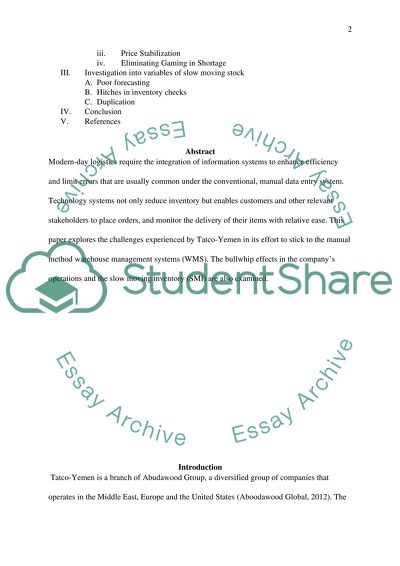Cite this document
(“The lack of IT systems within the logistics department of TATCO Yemen Literature review”, n.d.)
Retrieved from https://studentshare.org/information-technology/1403118-the-lack-of-it-systems-within-the-logistics-department-of-tatco-yemen
Retrieved from https://studentshare.org/information-technology/1403118-the-lack-of-it-systems-within-the-logistics-department-of-tatco-yemen
(The Lack of IT Systems Within the Logistics Department of TATCO Yemen Literature Review)
https://studentshare.org/information-technology/1403118-the-lack-of-it-systems-within-the-logistics-department-of-tatco-yemen.
https://studentshare.org/information-technology/1403118-the-lack-of-it-systems-within-the-logistics-department-of-tatco-yemen.
“The Lack of IT Systems Within the Logistics Department of TATCO Yemen Literature Review”, n.d. https://studentshare.org/information-technology/1403118-the-lack-of-it-systems-within-the-logistics-department-of-tatco-yemen.


